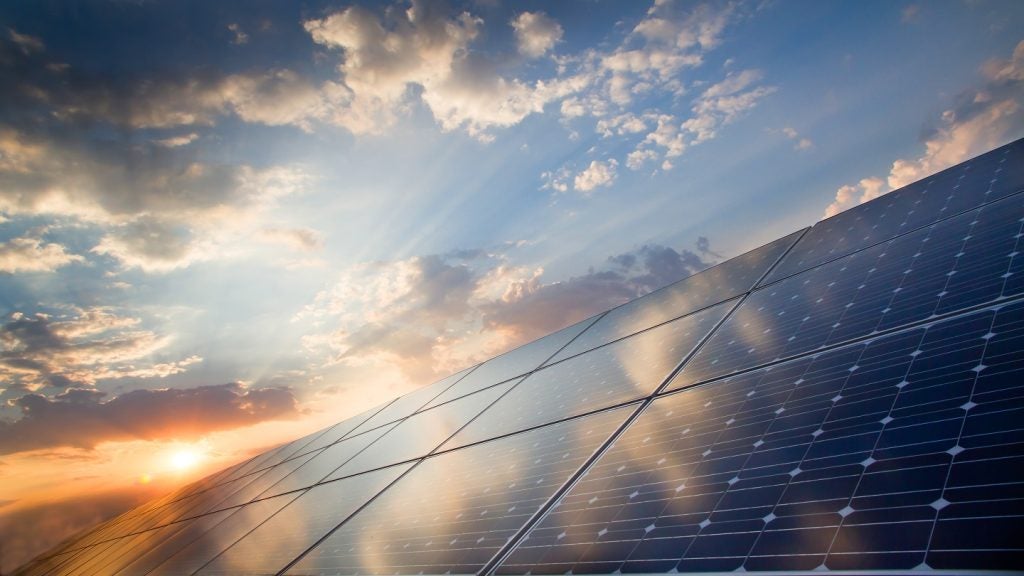The Olkiluoto 3 (OL3) is the third most powerful nuclear power generation unit in the world with a net electrical output of 1.6GW.
Located in Finland, the Olkiluoto plant is owned and operated by Teollisuuden Voima.
The Olkiluoto plant has been producing electricity for more than 40 years. The first unit, OL1, was commissioned in 1978, followed by OL2 two years later.
The third unit, OL3, officially began operations in April 2023 and has a service life of 60 years.
Development background of OL3
Construction activities on OL3 commenced in 2005 after the Finnish Government granted the construction licence for the plant and completion of all the area works. The unit was scheduled to commence power generation in 2009, but the project was plagued by numerous delays.
Construction reached a milestone in June 2010, after the installation of the reactor pressure vessel in the reactor building, which marked the beginning of the installation activities of nuclear components, coinciding with the start-up testing of electro-mechanical systems.
Heavy components of the reactor, such as steam generators and pressurisers, were installed in February 2011.
The fuel loading of OL3 into the reactor was finished in April 2021, and the nuclear reaction was first started in December 2021. In March 2022, the unit became connected to the national grid.
OL3 details
The OL3 reactor unit is housed in a double-shelled containment building in reinforced concrete. The reactor building’s external diameter is approximately 57m while the total building height including underground levels is approximately 70m. The ventilation stack is about 100m in height.
The fuel building is located on the south side of the reactor building and houses pools for fresh and spent fuel. The building is 50m long, 20m wide and stands more than 40m tall.
The turbine building is 100m long and has a height and width of 60m. The circulating water pump and switchgear buildings are located adjacent to the turbine building while the main transformers and plant transformers are situated towards the north.
Both the pressure vessel which holds the reactor core, and the vessel head are made of forged ferrite steel. The insides are also clad with stainless steel to prevent corrosion. A steel neutron reflector is mounted around the polygonal core, between the core and the cylindrical core barrel.
The OL3 reactor core consists of 241, structurally identical fuel assemblies. The fuel rods form a 17 x 17 matrix with each fuel assembly containing 265 fuel rods, 24 guide thimbles and ten spacer grids. The primary coolant contains boron, which absorbs some of the neutrons.
EPR pressurised water reactor (PWR) details
The European pressurised reactor (EPR) is the direct descendant of Areva’s N4 and KONVOI reactors. The pressurised water in the primary system is used as a moderator to slow down the neutrons, allowing a nuclear reaction to occur in the core and transfer the heat generated during the reaction to the steam generators.
The EPR has four steam generators – one for each of the four heat removal loops – making up the primary system. Steam generators are heat exchangers. They receive heat from the nuclear reactor on their primary side and deliver heat to the non-nuclear part of the facility on their secondary side.
There is a leak-tight separation between primary and secondary sides. The secondary heat produces steam to power the turbine which generates electricity.
The turbine building houses the equipment that transforms the steam produced into electricity: the turbine, the alternator and the transformer, which is connected to the grid. During a power blackout, diesel generators housed in two separate buildings supply electricity to the safety functions.
Redundant safety systems at the Finnish nuclear plant
The reactor containment building has two walls: inner pre-stressed concrete housing internally covered with a metallic liner, plus an outer reinforced concrete shell, both 1.3m thick. The outer shell covers the reactor building, the spent fuel building and two of the four safeguard buildings (the other two safeguard buildings are in a different location).
The containment building houses the reactor coolant system, comprising the reactor vessel, steam generators, pressuriser and reactor coolant pumps. Inside the containment, there is an area where any of the molten core escaping from the reactor vessel during a core meltdown would be collected, retained and cooled.
The major safety system consists of four sub-systems or ‘trains’. Each train can perform the entire safety function independently. There is one train in each of the four safeguard buildings, separated from each other by the reactor building, to prevent simultaneous common-mode failure of the trains.
The control room is in one of the safeguard buildings, protected by the outer shell. The computerised control room allows operators full control over all parameters important for plant operation.
Contractors involved with the Olkiluoto 3 nuclear facility
A consortium formed by Areva and Siemens signed the contract for the turnkey construction with Teollisuuden Voima. Areva supplied the nuclear island, the digital control system and the first fuel core, plus civil works. As leader of the consortium, Areva coordinated the overall project, including functional and technical integration of the complete plant.
Siemens built the turbine island and supplied the turbine generator set. The scope of work also included engineering and design, procurement and delivery of electro-mechanical equipment, turbo-generator protection and control systems, civil works, erection and commissioning.
The installation of the power house for the nuclear power plant was awarded to Heitkamp.
KSB provided more than 20 pumps and 1,000 low, medium, and high-pressure valves for the project. Roctest supplied Telemac/Smartec monitoring system for the plant.
The supply of Pedestal Crane PC9600 for the lifting of dome and gantry cranes at the project site was assigned to Sarens Group.
The EPR for the OL3 unit was supplied by Framatome, experts in nuclear design and construction.
Finland’s power market and importance of nuclear energy
As OL3 continues to produce power regularly, Finland’s clean electricity self-sufficiency will increase, with the percentage of carbon-free electricity generation rising from 89% to approximately 93%.
The power unit generates approximately 30% of the country’s electricity needs. Additionally, Finland imports around 60% less electricity because of OL3’s electricity generation.
The OL3 unit generates 12TWh of power annually, which is sufficient to heat 5.2 million residences or charge 3.6 million electric vehicles.








